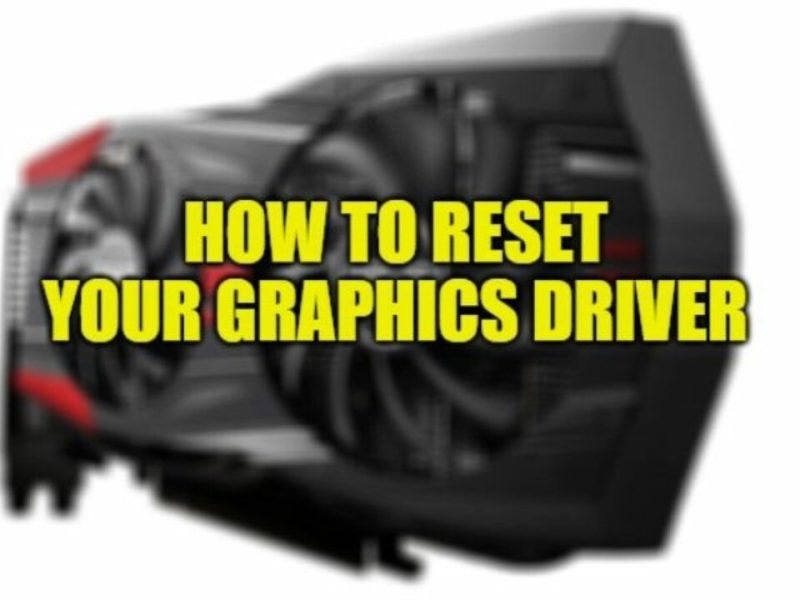The terms memory and data storage are often confused. Both are means by which a computer maintains data used to perform tasks. As such, they are both measured in bytes. However, memory and data storage are two separate entities and the terms should not be used interchangeably. Memory is commonly known as random access memory (RAM), but it also includes read-only memory (ROM). Data storage is also called hard drive space.
Pen drive.
The main difference between memory and data storage is their function. The storage is used to store all the information of the computer. Data stored on the hard drive is permanent and is not lost when the computer is turned off. When a file is deleted, only access to that file is deleted, not the information itself. That is why computer experts can restore information on a computer even if that information has been deleted. To permanently delete a file, the hard drive must be formatted or overwritten. It is even possible that even if a drive has been formatted, an expert can still view the information. There are programs available that write meaningless data to the data on the disk, making the data unreadable by anyone.
Hard drive space is used for data storage.
Memory, on the other hand, allows the computer to quickly access files on the hard drive. When a computer runs an application such as a word processor, the central processing unit (CPU) retrieves data from the hard drive and loads it into RAM, allowing quick access. The amount of RAM in a computer limits the number of programs that can be run at one time. Since information stored in RAM is lost when the computer is turned off, saving a file in such an application writes the information to the hard drive so it is not lost.
Adding RAM, or random access memory, to your computer can increase its performance.
ROM is used to store boot firmware, the information the computer uses to boot. Boot firmware tells the computer to check all of its systems and hardware and opens the computer’s operating system. ROM also contains information that allows the computer and its various hardware accessories to function properly. Unlike RAM, the information stored in ROM is not lost when the computer is turned off.
However, memory and data storage can work together. When the computer does not have enough RAM to support its processes, it converts a part of the hard drive into virtual memory. Virtual memory works the same way as RAM. However, since it is part of the hard drive, the use of virtual memory slows down the computer. One way around this is to add memory to the sick computer. There are also products known as removable storage, some of which are USB flash drives and compact discs (CDs), that allow users to store files and move them from one computer to another.
The data can be stored on a CD.


